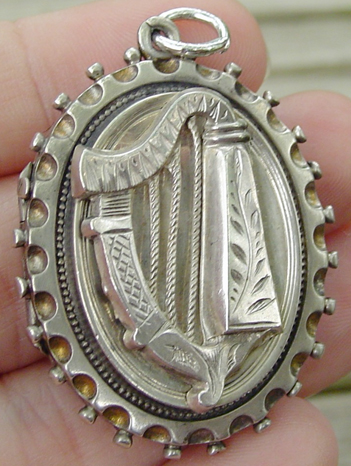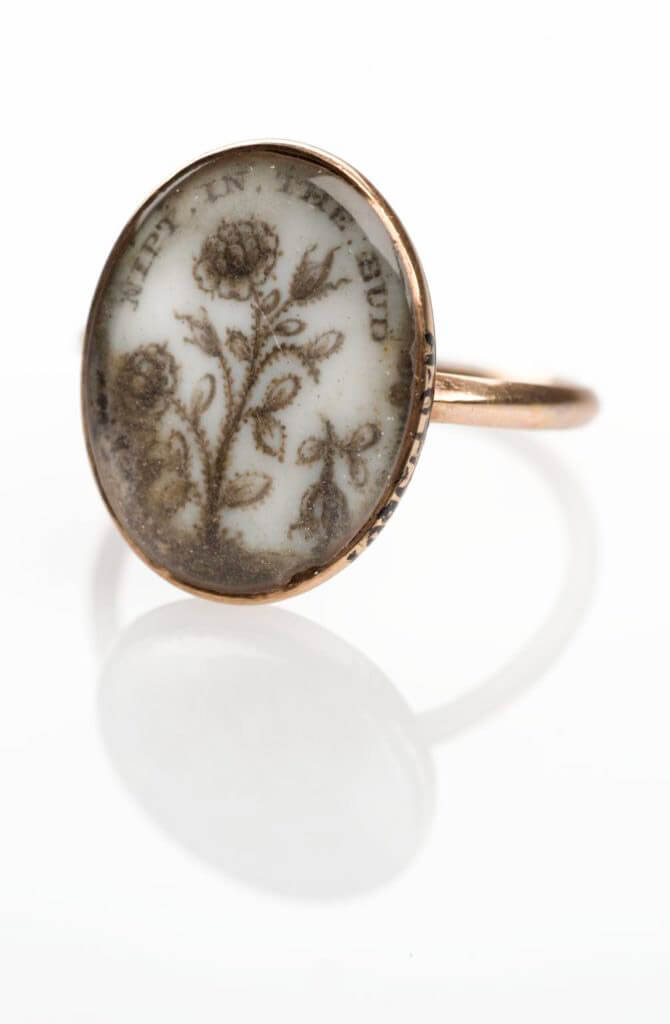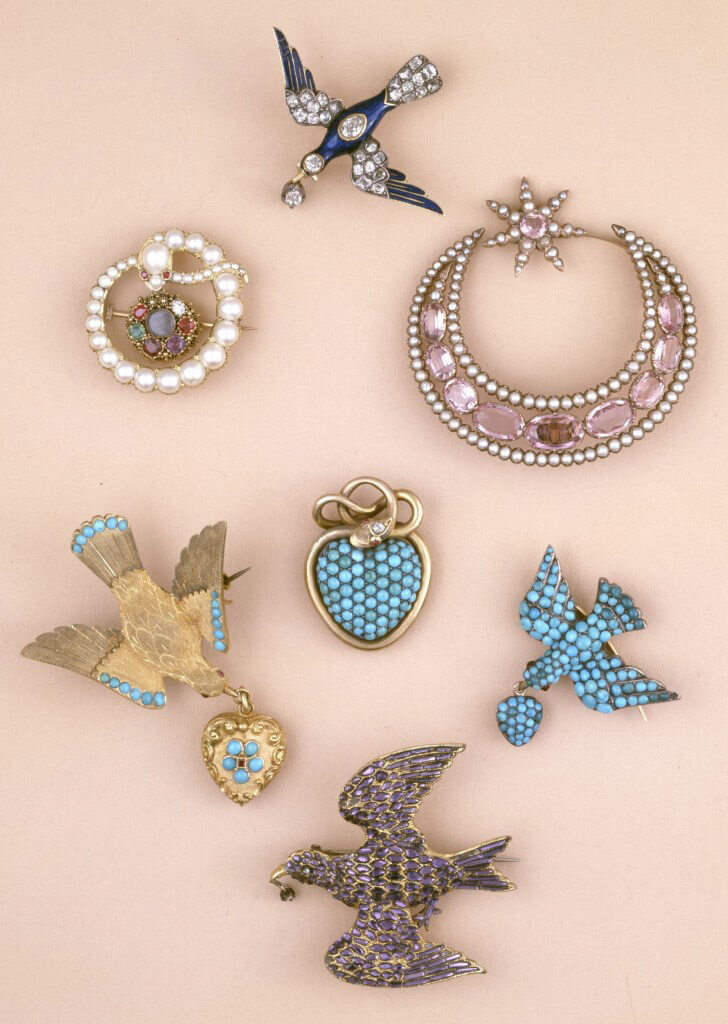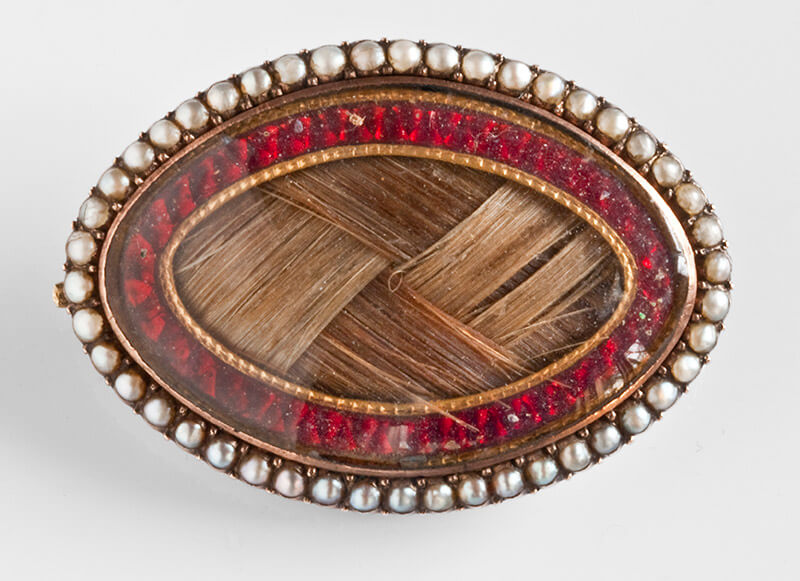Symbolism, The Harp
When you think of the harp in death, what’s the first thing that you think of? Angels wearing white robes, reclining in fluffy clouds with halos and playing gently on golden harps or lyres, flapping their wings in time while in the background are giant golden gates and a white light.
One must wonder why these images are in our head? Why is heaven so idyllic and why has this been a popular thought since the 19th century? Well, part of it is to do with much romantic art and literature of the time and the other part is to make heaven seem like a place of serenity you want to go to. It’s a place that takes you away from the doldrums of life, the stress, the hardships and the work. Gentle harp music helps sooth this, as it is not only a visually opulent instrument, but the sound is almost ethereal.
Some of the earliest depictions of the harp in art are from the 13th century B.C..E at Thebes, but in more recent times (from the 9th century C.E), Ireland adopted the harp as a national symbol in 1542 to symbolise Ireland in the Royal Standard of King James VI. Harps were associated also with David in the Old Testament and used as the symbol of St. Cecilia, patron saint of musicians. But if seen on jewellery, or in funerary art, it can be seen as a symbolic of worship in heaven or hope. Look for the harp most commonly in Victorian charms and latter 19th century silver pieces in motif form, but only sparingly (often a lyre) in Neoclassical pieces.







